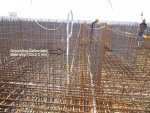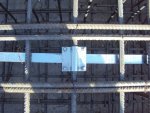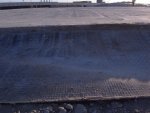Adnan Hasan
Member
- Location
- baghdad, Iraq
The designer of my project (400 bed hospital) make Grounding to the steel structure of the building foundation using galvanized steel strip size 30x3.5 mm as shown in the attached picture.
My questions:
1- why do we need to make grounding to the foundation's structure?
2- can we use this grounding as EGC?
My questions:
1- why do we need to make grounding to the foundation's structure?
2- can we use this grounding as EGC?




